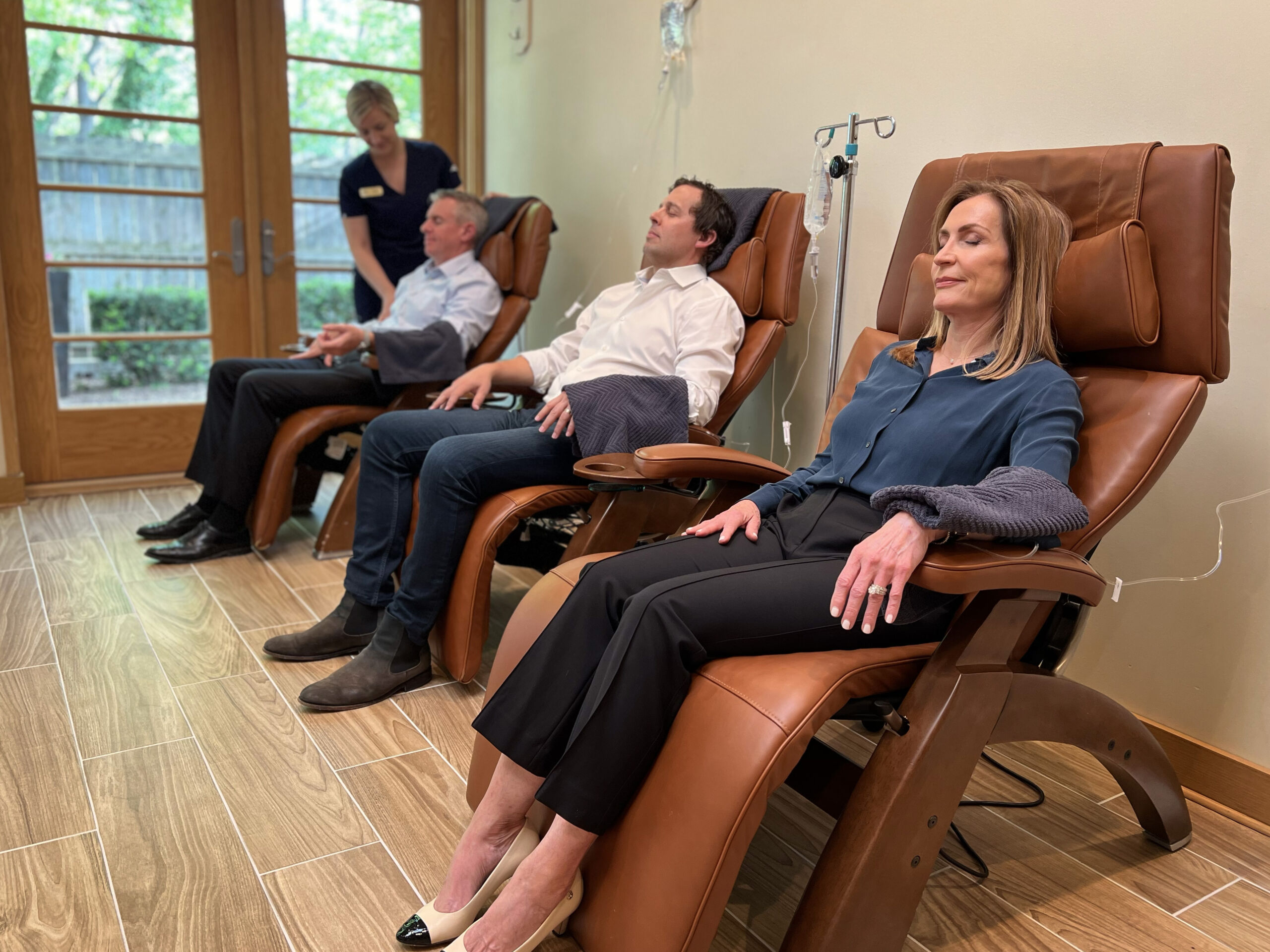EMDR is having its moment in the mental health space. Though not a new treatment, it has gained much traction in recent years as more and more people have embraced it and attained impressive results.
How did EMDR therapy start?
EMDR stands for Eye Movement Desensitization and Reprocessing. You’ve probably heard of this therapy as a method for working through traumatic memories. In reality, though, the scope of EMDR treatment covers quite a bit more.
It is true that it began related to trauma; founding scientist Francine Shapiro developed EMDR after an experience of her own, walking around in nature and thinking about her past distressing memories while looking back and forth at the sights around her.
She noticed, in that moment, that when she thought about those memories while in that setting, she experienced significant relief from the distress. This led her to theorize that her back-and-forth eye movements somehow were linked to her relief.
In the subsequent years of research and testing that went into EMDR development, scientists found that EMDR can have a major positive effect on experiences and concerns ranging from anxiety to grief to phobias to negative self-perception — amongst many others.
What is EMDR based on?
According to Dr. Linda Moll, EMDR-trained psychologist at PALM Health, “Just as the body is hardwired to be naturally inclined towards healing, one of the major principles behind EMDR is that the mind is inclined towards healing as well.” This healing mechanism, which is the basis of EMDR, is called AIPS (Adaptive Information Processing System).
 The natural AIPS mechanism is what helps you absorb and process distressing events when they occur. When your mind is working normally, you may experience emotions related to a distressing event, but over time they fade and you are able to “file them away,” so to speak. In the future, then, you may have emotions when you remember that event, but the emotions will not be overwhelming.
The natural AIPS mechanism is what helps you absorb and process distressing events when they occur. When your mind is working normally, you may experience emotions related to a distressing event, but over time they fade and you are able to “file them away,” so to speak. In the future, then, you may have emotions when you remember that event, but the emotions will not be overwhelming.
This is what occurs under ideal circumstances. However, sometimes the natural AIPS mechanism is unable to process events if they are particularly upsetting for the individual.
“When memories or emotions are too overwhelming, that’s when fight-flight-freeze instincts come online instead of the AIPS mechanism,” says Dr. Moll. The memory or emotion can become “frozen” in your mind, and you may be reminded of it by other factors or instances (“triggers”) around you. This often means that the event or memory has not been properly processed.
How does EMDR work, exactly?
EMDR allows you to access a past memory that provokes fear, anxiety, phobias, distress, or negative self-perception while staying in a relatively calm state in order to reprocess it. The “relatively calm state” comes about with the use of bilateral stimulation.
 “Commonly, EMDR uses back-and-forth eye movements following the therapist’s hand, or tapping back and forth on the thighs, shoulders, or ears,” says Dr. Moll.
“Commonly, EMDR uses back-and-forth eye movements following the therapist’s hand, or tapping back and forth on the thighs, shoulders, or ears,” says Dr. Moll.
Bilateral stimulation allows you to stay in a state of dual awareness, where you’re actively thinking about the memory, but you stay aware of and rooted in the present moment, rather than being swept up by the memory. This dual awareness is key for activating the AIPS, which is going to help you reprocess the memory.
The result of the process is that your brain forms a new network between the memory, more tolerable emotions, more positive and adaptive thoughts, and less intense physical reactions.
How long does it take to resolve a memory or event?
 EMDR results are highly individual to the client. For some, the phases can be completed and the memory resolved in as little as 20 minutes, and for others it can take as long as 5-10 full sessions.
EMDR results are highly individual to the client. For some, the phases can be completed and the memory resolved in as little as 20 minutes, and for others it can take as long as 5-10 full sessions.
“Oftentimes, other memories may come up along the way that need to be resolved in order to keep resolving the original problem,” says Dr. Moll. “So, it’s important to listen and follow those hints as well.”
However, there’s no set timeline that EMDR treatment “should” follow — it will be different for everyone.
Whether you’re struggling with unresolved general symptoms like anxiety, or you have an acute psychological concern like grief or a phobia, it’s possible that it’s linked to a past event or memory that hasn’t been properly processed.
Want to hear more about EMDR? Watch Dr. Moll’s webinar to learn more about the foundations of EMDR and hear about patients’ experiences with the treatment.
If you are interested in seeking EMDR treatment to help clear a mental blockage, Dr. Moll is now offering virtual sessions through PALM Health. Members can schedule EMDR sessions by reaching out to our reception team. If you’re not a member but want to try EMDR with Dr. Moll, connect with our Navigation team to learn more about how to get started.
PALM Health is an innovative lifestyle medicine and wellness center that offers a comprehensive range of advanced medical and wellness services, empowering people to transform their health and feel their best in mind and body.








